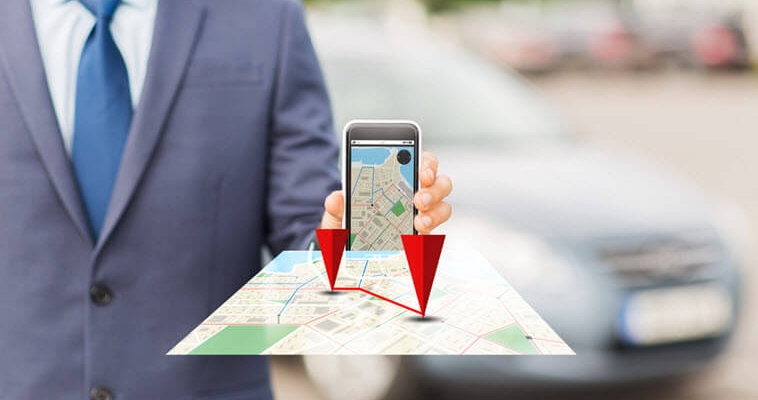Ads have been following consumers throughout the Internet for some time now. But with the release of Clear Channel Outdoor’s “RADAR” platform, ads will now be following people as they physically travel throughout major metropolitan cities. This new technology allows Clear Channel to capture mobile phone data as people pass by outdoor display units. It then continues to track their behaviors as they go about the rest of their day: where they travel (including specific destinations), billboard viewability—even if they purchase a product. All of the information is compiled and mapped against Clear Channel’s outdoor units, which then allows marketers to buy outdoor ad space based on specific audience segments.
While this is a major step forward for marketers, it has not come without opposition. Legislators have called for an investigation as to whether this practice is legal. New York Senator Charles Schumer has gone so far as to label these outdoor displays as “spying billboards.” Schumer and others claim this new technology is deceptive because most people do not know they are being tracked—even though they probably accepted the terms of service from an app or website at some point, allowing their location data to be sold. Personally, I have never taken the time to read through an apps terms and services, but I also have no objection to being tracked. However, I know there are others who feel this tracking technology is a complete invasion of privacy.
Clear Channel’s stance is that because the individual’s personal information is anonymous and aggregated, privacy is not an issue. There is no identifiable data being released; essentially, they are just leveraging a marketing technique that has been used in the mobile space for years now. The benefit of adapting this model is its ability to serve relevant ads to consumers and use behavioral trends to introduce products and services they’re interested in.
While I understand the concerns of those opposed to the technology, from a marketing perspective, RADAR will provide valuable information—including trackable results—for planning and placing outdoor advertising. Media planners will finally be able to implement the advanced audience segmentation and targeting that has been available for digital campaigns in their out-of-home buys. Advertisers will be able to make smarter decisions on where to place ads based on their targets’ behaviors, and consumers will be exposed to more messaging that’s relevant to their interests, which means increased recognition and sales for businesses who take advantage of these new billboards.










